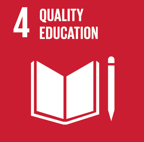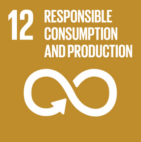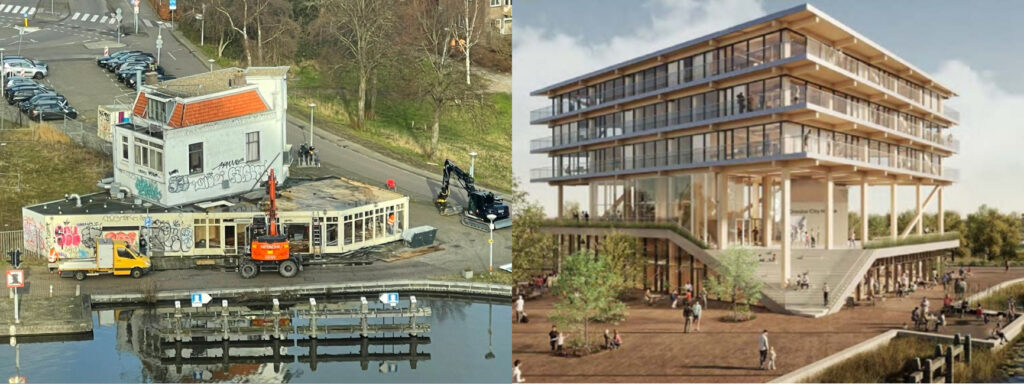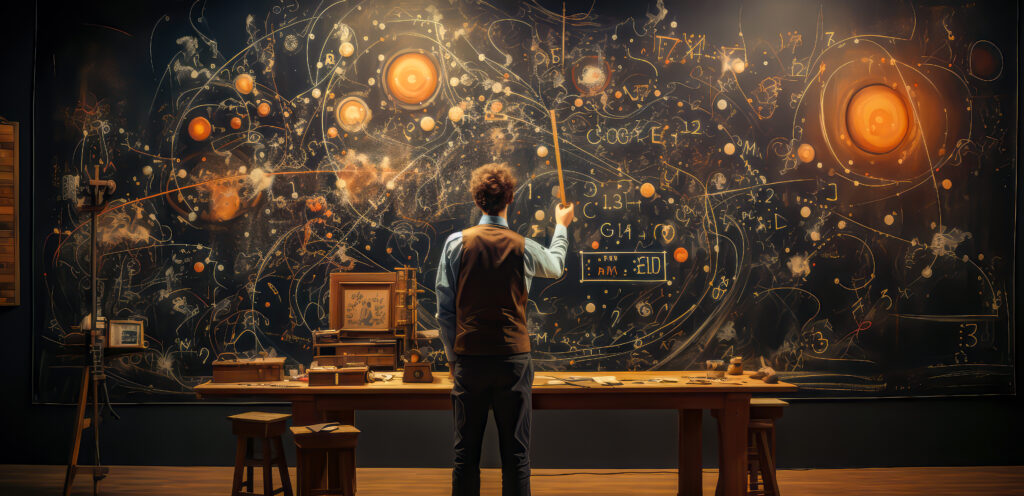Project
Digital Technology and Sustainability in Educational Escape Rooms (EER)
How can digital technology be integrated into the design of EER in a way that supports the learning outcomes of entrepreneurship studies?
Research has shown that millennials prefer informal learning experiences, such as ER, due to their flexibility and because the activities generally engage and heighten students’ interests (Oblinger 2004 and Vlachopoulos & Makri, 2017). These millennials, however, are also questioning how sustainable these ER are. To address this issue, we aim to reflect on the introduction of digital technologies in ER design and development, as well as the creation of ER from rest-materials.
In spite of the fact that we can find some elements of the EER online, those are mostly appearing as disparate elements or/and unconnected multimedia files, without maintaining a comprehensive structure nor being constructed upon a well analyzed approach which is pedagogically validated (Gómez Urquiza, 2019; Pouspourika, 2019). There is no research either on how rest-material can be used for the design and development of ER.
Digital elements can supplement the physical components in an EER by offering adaptability. Digital components can be more easily reprogrammed for purpose-built EERs, thus making digital/physical EER elements reusable. Here, it is important to investigate how best to integrate these digital elements so that they do not take away from the benefits of physical EER elements and contribute to the prospective learning outcomes.
This project focuses on the Sustainable Development Goals:

![]()



